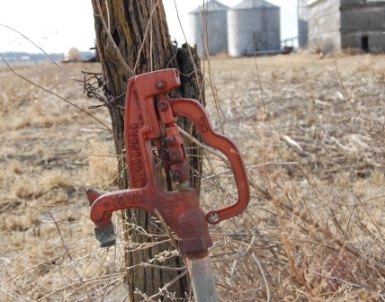Publically supplied water may be available to some acreage residents able to access municipal, community, or rural water district systems. The quality of publically supplied water is regulated by the Environmental Protection Agency and the Nebraska Department of Health and Human Services. Water is tested for around 100 possible contaminants. Suppliers must provide water that meets minimum standards for those contaminants. Additional testing by water users is not necessary.
However, most acreage residents rely on private wells as their source of water. The quality of private drinking water in Nebraska is not regulated by federal or state statutes. In most cases, users must operate, maintain, and ensure the safety of their water supply.
Water Quality
Drinking water does not need to be pure to be safe. To evaluate the safety of a private drinking water supply, have the water tested by a certified laboratory and compare the results to Environmental Protection Agency drinking water standards for public water supplies. Water should be tested annually for bacteria and nitrate. There should be no bacteria in the water and the nitrate-nitrogen concentration should not exceed 10 milligrams per liter. Water also should be tested for any other suspected contaminants.
Water Quantity
The average American uses from 60 to 100 gallons of water per day. Water use does not occur evenly over the course of a day. Peak use periods can last from 30 minutes to two hours and usually occur near mealtimes, during laundry periods, and shortly before bedtime. A water system must be able to meet both total gallons per day and peak use demands. The water system flow rate is the quantity of water delivered in gallons per minute. The flow rate should be capable of maintaining the peak use rate continuously for one to two hours. For home use, a minimum flow rate of 10 gallons per minute is recommended, but a higher flow rate is desirable. If water needs exceed the maximum well yield, intermediate storage can be installed to help supply water.
The Water Well and Wellhead Protection
The design, location, and construction of the water well is regulated by the Nebraska Department of Health and Human Services. A private well must be located and constructed to protect it from surface waters and from seepage from sources of contamination. In addition to proper well construction, keeping contaminants away from the well, backflow prevention, and decommissioning illegal unused wells can help protect a water supply. Proper management of private wastewater treatment systems is one important step toward wellhead protection.
